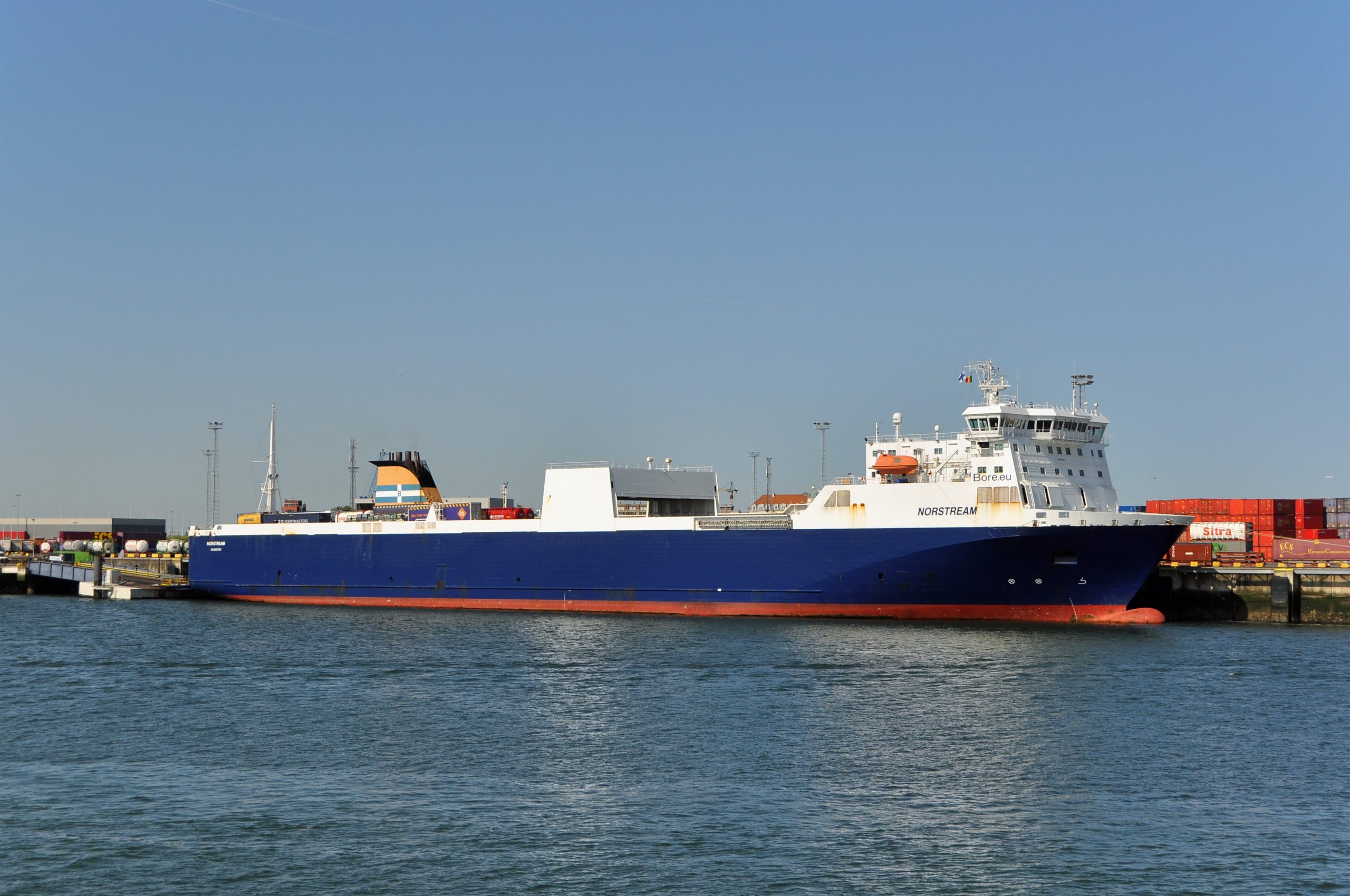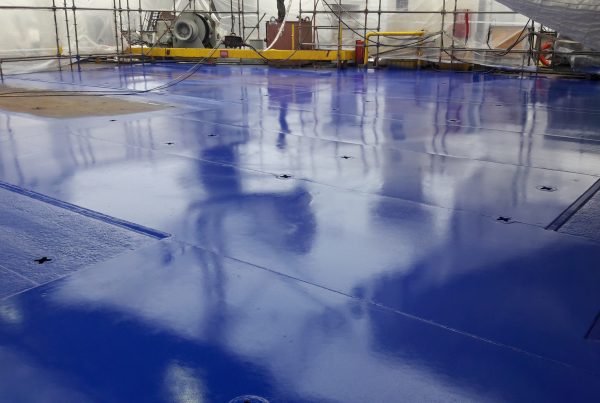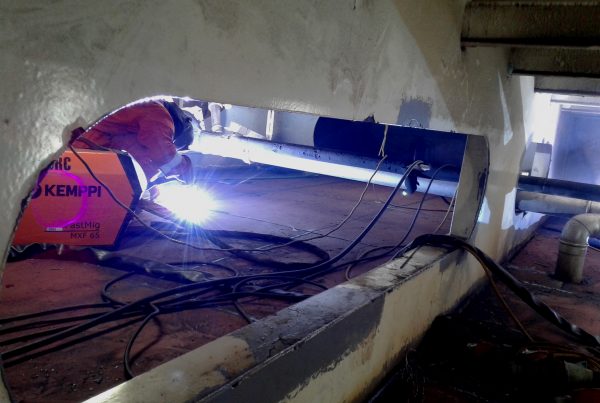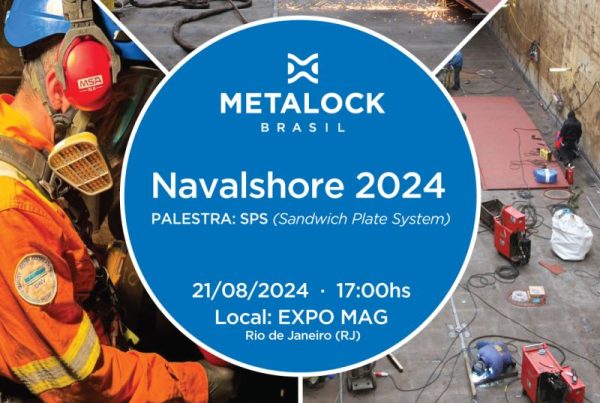When the Ro-Ro ferry Norstream required major upper deck repairs, SRC Group and SPS Technology partnered to deliver a fast and efficient solution. They installed 2,498 square metres of SPS in just 19 days. We spoke with SRC Group’s Senior Project Manager, Ivo Muru, about how the team achieved it and what set this project apart.
Q: Ivo, what made this project particularly demanding?
Ivo: The timeline was the most pressing challenge. We had just about two weeks to replace nearly 2,500 square metres of deck. That’s like resurfacing a football field, only on a ship, and under serious time pressure. For a job of that scale, every detail had to be tightly managed.
Q: How did you approach the planning and execution?
Ivo: We split it into two main phases. The first focused on detailed pre-planning: schedules, logistics, everything down to coffee breaks and the second was the continuous execution onboard. The rotating crew kept things moving, and every team knew exactly what they had to do.
Q: Speaking of execution, how did the team handle working around the clock?
Ivo: Challenging, but we came well prepared. Operating 24/7 is demanding, particularly with the unpredictable weather. When rain set in, we adapted quickly by using a movable roof to cover the workspace and deploying effective dewatering systems. Flexibility saved us more than once.
Q: Why was SPS selected over more traditional repair methods?
Ivo: Because it let us strengthen the deck from the top without touching the underdeck services, all the cables, pipes, you name it. Traditional crop-and-renew would have required significant underdeck disruption. If we’d gone traditional, we’d have had to tear through all that. SPS saved time and offered a less invasive solution.
Q: How did this choice compare to traditional crop and renew method?
Ivo: Choosing SPS over the traditional crop and renew method on a Ro-Ro Ferry car deck offered significant practical and commercial advantages. Unlike traditional steel renewal, SPS avoids the need to cut out the worn deck plate because it encapsulates and protects it from further corrosion.
This meant we didn’t need to cordon off areas above and below the deck for safety, drastically reducing disruption to other scopes onboard.
It also eliminated the need to remove under-deck services like insulation, pipework, and electrical systems, all of which would have required careful disconnection, storage, and reinstallation.
Critically, SPS allowed us to avoid the extensive scaffolding that would have been necessary for underside access, an unnecessary cost both in time and money.
In short, SPS delivered a faster, less disruptive, and more cost-effective solution. SPS de-risks your dry dock project by maintaining a predicable repair schedule.
Q: What were the key benefits for the client?
Ivo: No downtime, no systems ripped out, and a top-quality deck that looks sharp. Everyone walked away happy.
Q: SPS isn’t always the least expensive upfront. How did it compare in the bigger picture?
Ivo: While the material costs can be higher initially, it’s like buying a good tool, it always pays off. Fewer labour hours, faster finish, minimal disruption. The total cost made more sense in the end.
Q: If given the chance to do it again, would you change anything?
Ivo: Honestly, no. It was a successful collaboration between all parties involved and worked because of the effort we put in before we even stepped onboard. That preparation made all the difference.
Visit our dedicated page to learn more about this project.
Discover SPS
For the latest on our ground-breaking technology, follow the SPS Technology LinkedIn page and subscribe to our YouTube channel.




